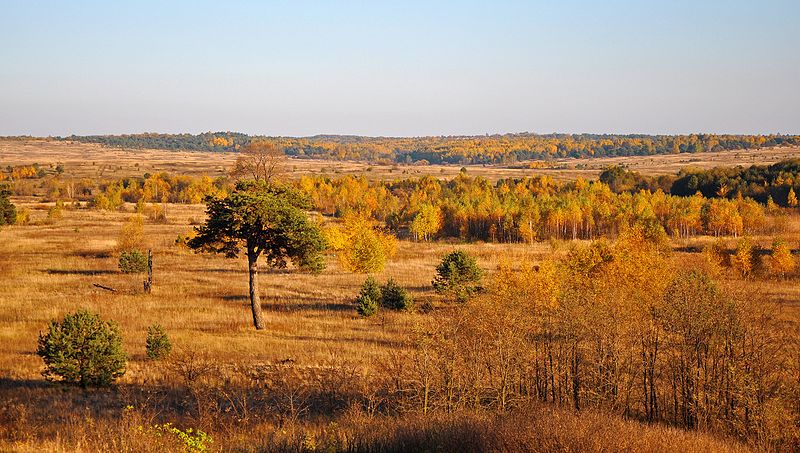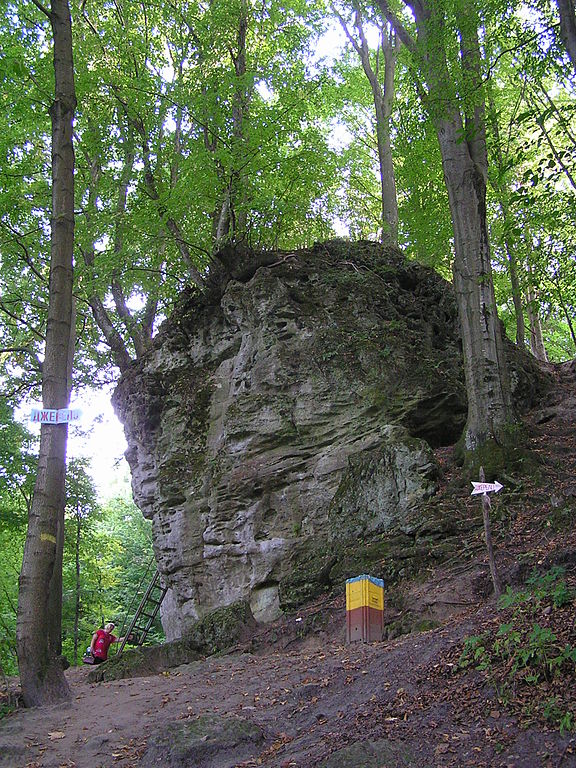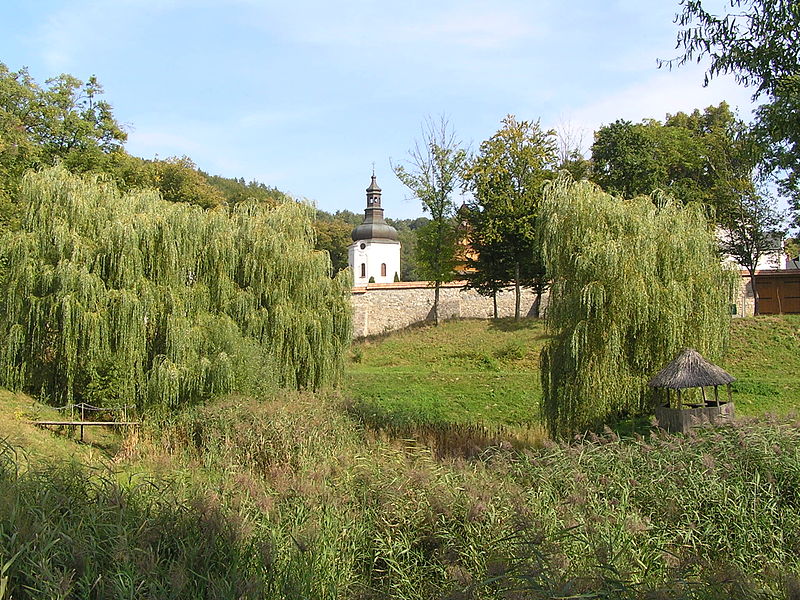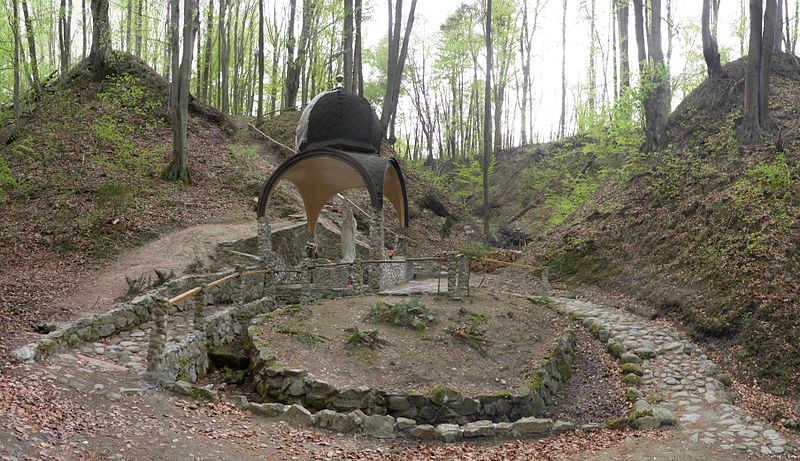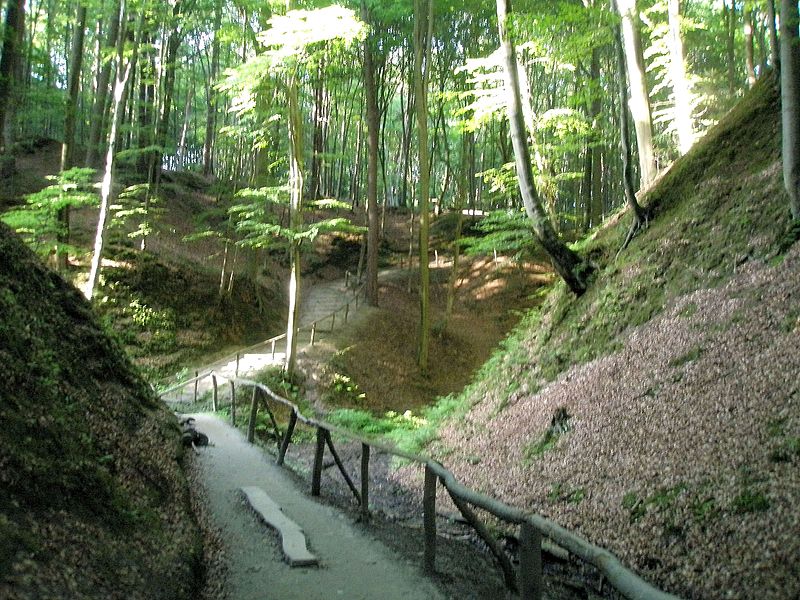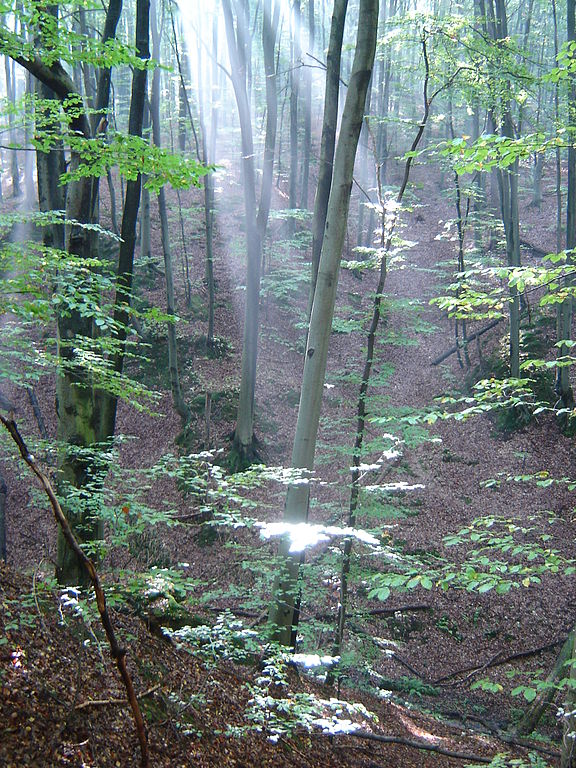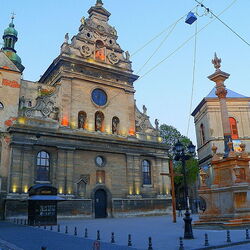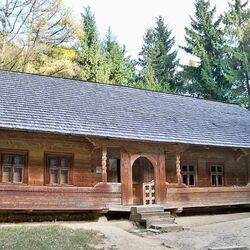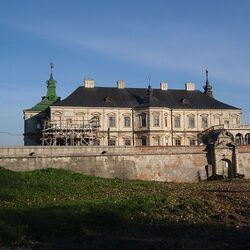Yavorivskyi National Park
The Yavorivsky National Park is located in the Yavorivsky district of the Lviv region, spread over an area of 71 km2. The park was created to preserve and recreate the unique forest-steppe landscapes in this region.

On the south side of the park is the Rastochye Nature Reserve, on the north side is the Ravskoye Rastochye Landscape Park. Due to the fact that there are no settlements in the park, the human impact on nature and the animals living here is minimized. There are many hills and terraces in the Yavorovsky National Park, cut by a large number of deep ravines. The highest point of the park is located on an unnamed mountain, at an altitude of 403 meters. In addition to the landscapes in the park, you can plunge into history. After all, there are several historical and archaeological sites here. Among them are the sites and settlements of ancient people, churches, Stradchanskaya Gora. There is a religious complex on the mountain, which includes a cave monastery and a hillfort built around the 12th century. On the territory of the monastery there is the Church of the Assumption of the Blessed Virgin Mary and the Church of the Mother of God of the Indestructible Wall. There are also graves of Deacon Vladimir Pryma and Nicholas Conrad, whom Pope John Paul II declared blessed.
Over 700 plants have been registered in the park, 200 of which are medicinal. The most valuable and rare plants are: snowdrop, planthorn, pollen-head, nestling, three-pronged rook, venus's slipper, periwinkle, heather, salvinia, forest lily. In the Yavorovsky National Park, most of the territory is covered with forests, in which mainly oaks, pines, hornbeams grow, alder is found in low-lying areas, beech forests grow on the eastern side of the park. Poplars, firs, and fir trees are found on small islands.
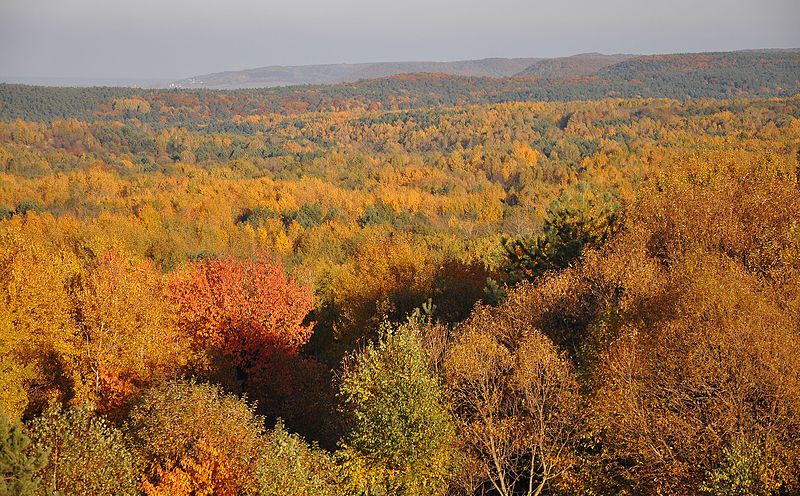
The fauna of the national park is no less interesting. Here you can find 48 species of mammals, almost 200 species of birds, 24 species of protected fish. In total, 146 species of the park's inhabitants are subject to protection under the Berne Convention. Of the birds, finches, warblers, robins, nuthatches, flycatchers, thrushes, tits, buzzards, woodpeckers are most common. Among the mammals, you can often see roe deer, otters, wild boars, hares, martens, foxes, ermines.
There are 8 recreation centers and resorts with therapeutic hydrogen sulfide water near the park. For the convenience of visitors, there are places for tourists to relax with canopies, mangalas, fishing and swimming in local reservoirs.
